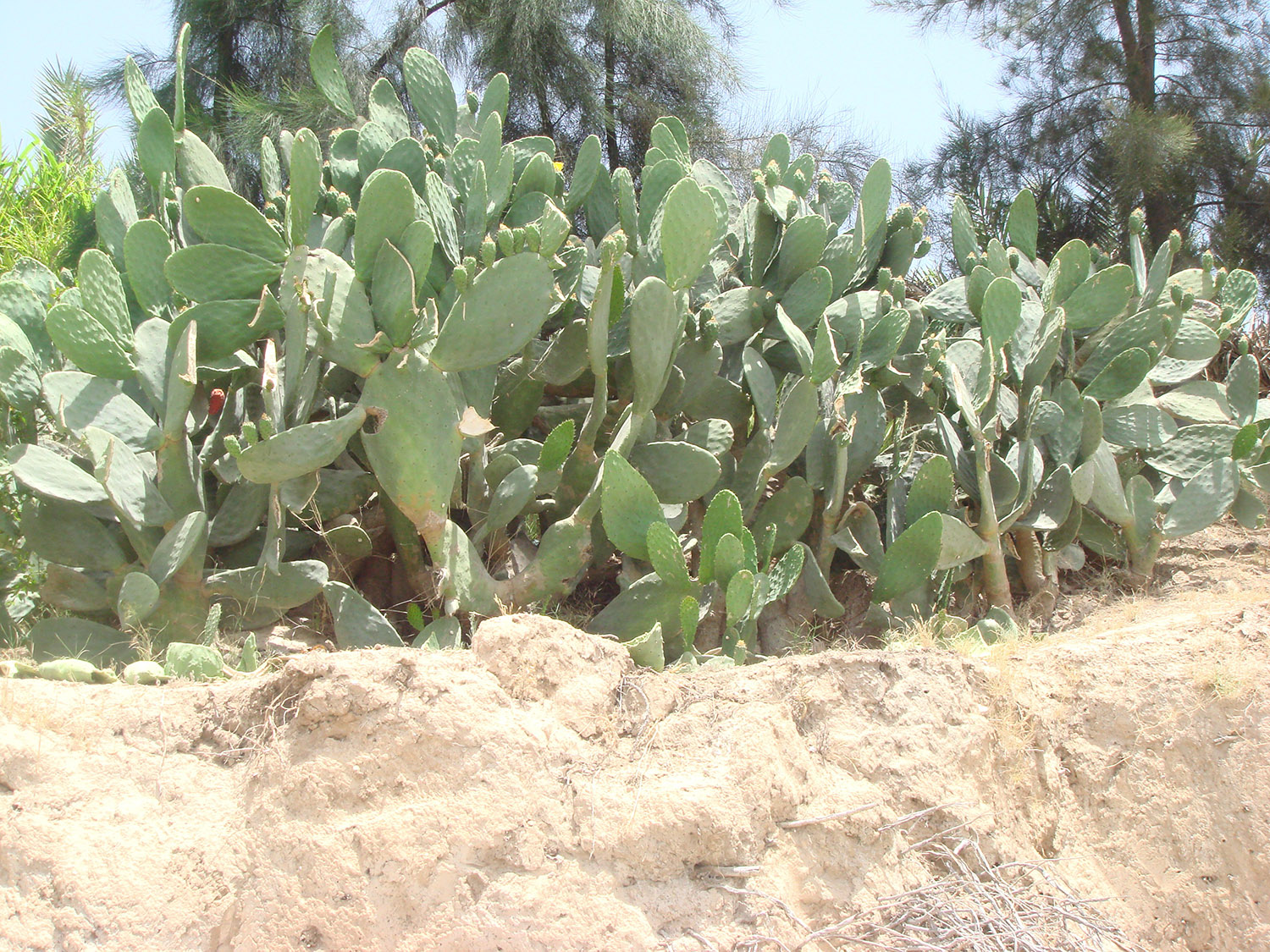Project Results
Project Results
Project Results
Some of the expected results under NATAE will include, but are not limited to, peer reviewed scientific articles, policy papers & recommendations, educational and training material, communication materials, reports and publications.
Stay posted, many project results and deliverables are public and will be made available here.
